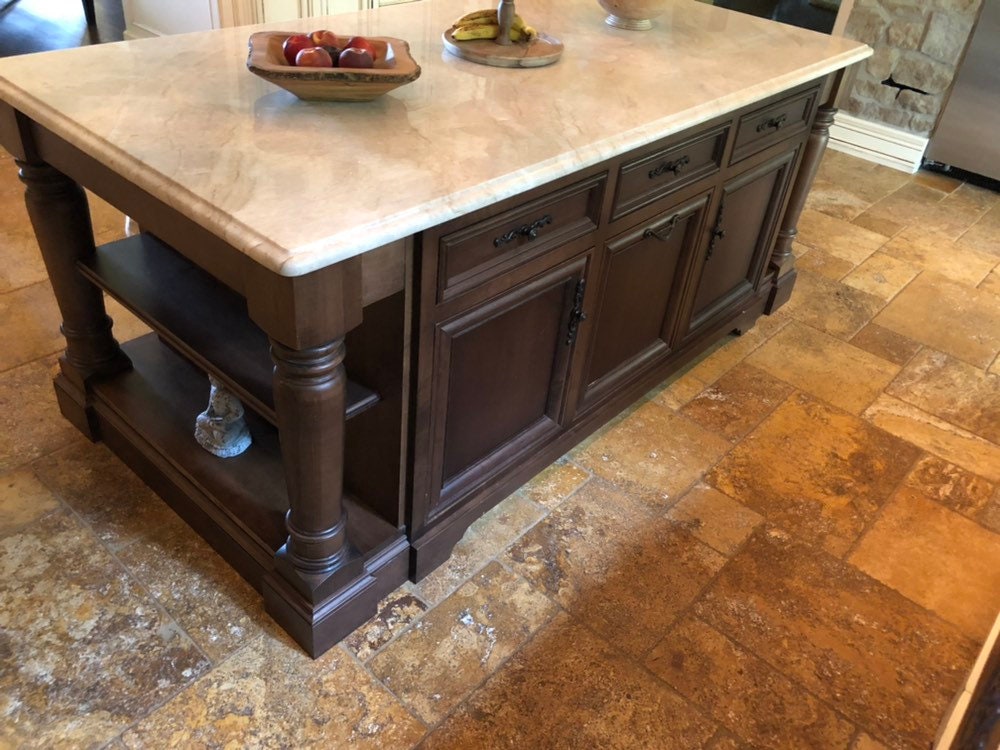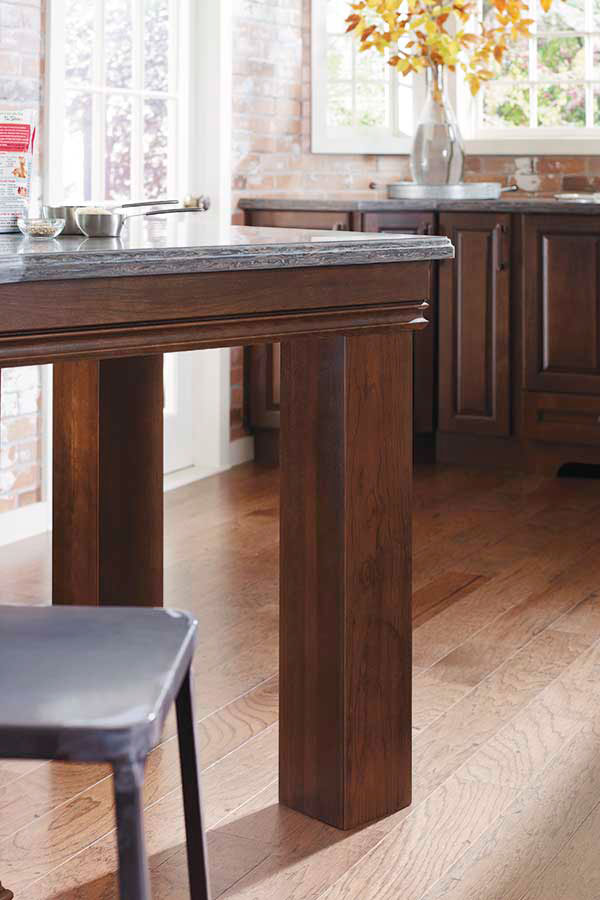Long Lasting Wood Kitchen Island Legs for Your Home Remodel
Long Lasting Wood Kitchen Island Legs for Your Home Remodel
Blog Article
Crucial Tips for Selecting the Perfect Dining Table for Your Cooking Area
Selecting the excellent table for your cooking area is greater than simply an issue of taste; it demands a complete understanding of your area and demands. Begin by determining your offered room to guarantee adequate clearance for motion. The shape of the table plays a critical role; while rectangle-shaped tables match bigger areas, round ones foster affection, and extendable options use versatility. Material selection is just as vital, with woods providing longevity and glass lending a modern-day touch. Finally, the table should harmonize with your cooking area's looks and accommodate your household easily. What other factors might affect this vital decision?
Measure Your Area
Selecting the suitable table begins with a meticulous analysis of your available area. This foundational step ensures that the table not just fits pleasantly within the space but additionally complements the general format and functionality of your dining area. Begin by gauging the measurements of the space, considering doorways, home windows, and any type of existing furnishings. This will assist you identify the maximum allowed size for your table.
It is necessary to leave adequate space for chairs to be drawn out and for people to relocate around the table without obstruction. A basic policy of thumb is to allow at the very least 36 inches of clearance from the edge of the table to the nearest wall surface or piece of furnishings.
Furthermore, consider the variety of people you commonly entertain and whether you require added space for visitors. Choosing an extendable table can give versatility, permitting you to suit differing numbers of restaurants. By properly determining your area, you lay the foundation for selecting an eating table that improves both the looks and functionality of your eating area.
Choose the Right Forming

On the other hand, round tables are outstanding for smaller kitchens or intimate gatherings, as they promote discussion by enabling every person to encounter each other. They additionally provide a sense of coziness and can fit well in tighter spaces as a result of their absence of sharp corners. Oblong tables provide the ideal of both worlds, combining the length of rectangular tables with the affection of rounded ones, making them versatile for various settings.
Square tables are one more choice, specifically suited for square-shaped spaces. They develop a symmetrical and modern-day appearance, promoting an equal eating experience for all seated. Nevertheless, they might be less practical for bigger events unless they feature extensions. Eventually, the shape you choose need to align with your space dimensions and way of living to guarantee both form and feature.
Material Factors To Consider
When choosing a dining table, material factors to consider are critical in determining the table's toughness, upkeep requirements, and overall aesthetic. Wood is a traditional selection, providing ageless allure and effectiveness.
Glass-topped tables supply a contemporary, sleek look and can make a space appear bigger as a result look what i found of their openness. However, they call for frequent cleansing to avoid fingerprints and smudges. Additionally, tempered glass is recommended for its added strength and security.

Lastly, composite products like MDF (Medium-Density Fiberboard) or plywood are budget-friendly options. These materials can resemble the appearance of strong timber but may not use the exact same longevity. They are generally much easier to clean but can be at risk to water damages if not appropriately secured.
Eventually, the selection of material ought to line up with your cooking area's style, your way of life requires, and your spending plan restraints. (kitchen island legs)
Seating Capacity and Convenience
How do you determine the ideal seating capacity and comfort for your dining table? For a family members of four, a rectangular table of 48 inches long or a round table with a 48-inch diameter is usually adequate.
The elevation of the table must preferably be around 30 inches, supplying a balanced ergonomic stance for seated restaurants. Chairs ought to have a seat elevation of 18 to 20 inches to ensure a comfortable eating position.
Style and Aesthetic Appeal
Picking a table that matches your design and visual appeal involves stabilizing individual taste with the existing style read this article of your eating area. The table is frequently the centerpiece of the cooking area, and its style ought to complement the general style of the space. Whether your kitchen area flaunts a modern, minimal appearance or a rustic, farmhouse beauty, the table you select ought to balance with these elements to produce a cohesive and welcoming ambience.
Take into consideration materials meticulously; wood uses a timeless allure and can range from abundant mahogany for a standard aim to lighter oak for a contemporary feel. Steel and glass tables, on the various other hand, can introduce a smooth, commercial edge to your kitchen area. Don't neglect the table's shape-- rectangular tables are flexible and timeless, while round and oval options can promote a more intimate dining experience.
Additionally, pay close focus to details and coatings. A distressed finish could include personality and heat, whereas a shiny surface area can add to a clean, modern-day aesthetic. Eventually, your dining table must not only fit flawlessly right into your kitchen's layout yet also mirror your personal style, elevating the area both functionally and aesthetically.
Final Thought
In verdict, picking the suitable dining table for a kitchen requires mindful analysis of space, form, material, seating ability, and aesthetic harmony. Inevitably, an appropriate eating table promotes an inviting environment and suits the house easily, thus boosting the dining experience.

When selecting a dining table, material considerations are vital in establishing the next table's longevity, maintenance needs, and total aesthetic. For a household of 4, a rectangular table of 48 inches long or a round table with a 48-inch diameter is generally enough.
Don't ignore the table's form-- rectangular tables are classic and functional, while round and oblong choices can foster an extra intimate eating experience. kitchen island legs.
Report this page